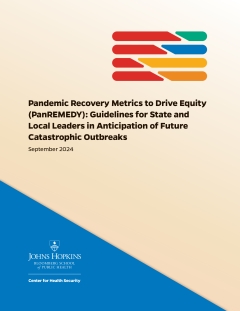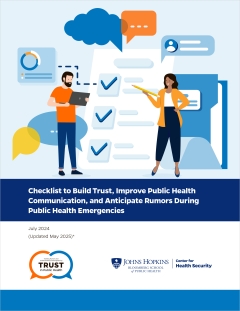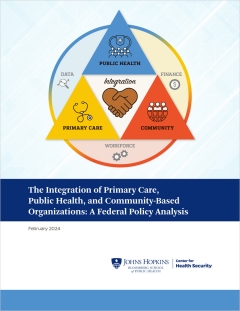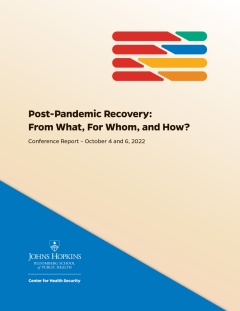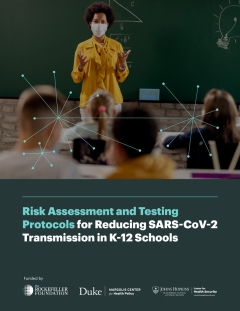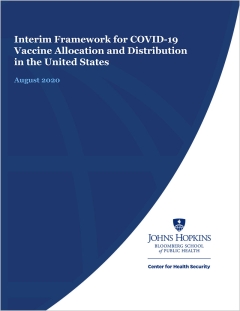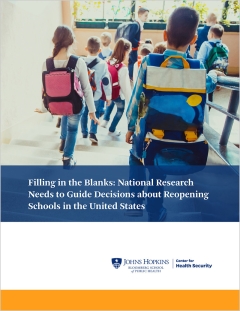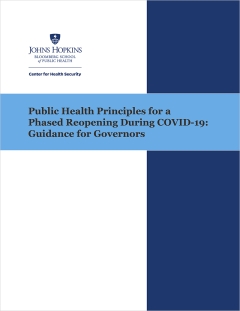On October 4 and 6, 2022, the Johns Hopkins Center for Health Security, in collaboration with the Center for Health and Economic Resilience Research at Texas State University, convened a virtual symposium to consider how to operationalize the process of holistic recovery from the COVID-19 pandemic. The purpose of the event was to advise leaders in local and state government on what strategies they might adopt and/or support to facilitate recovery of the whole person from COVID-19, reverse the societal determinants of uneven impacts, and develop resilience to future public health emergencies.
Participant discussions produced a set of strategic actions that government authorities and partners can implement now and moving forward to effect necessary repair and change when the impulse to forget and move on is strong. Speakers represented a broad range of stakeholders, including local elected officials, recovery/resilience officers, planners, public health practitioners, disaster managers, financial investors, mental health professionals, healthcare administrators, religious leaders, housing advocates, community health providers, rural health experts, food security providers, social service administrators, academic researchers, restorative justice experts, equity strategists, artists, writers, and journalists.


